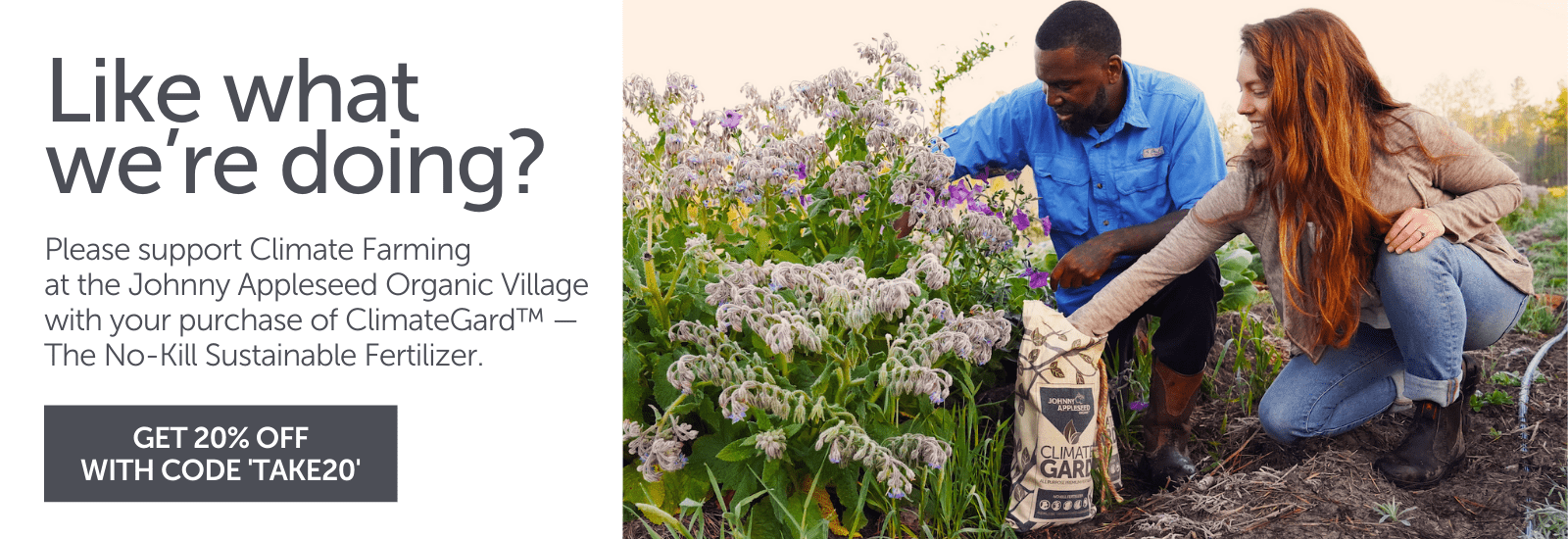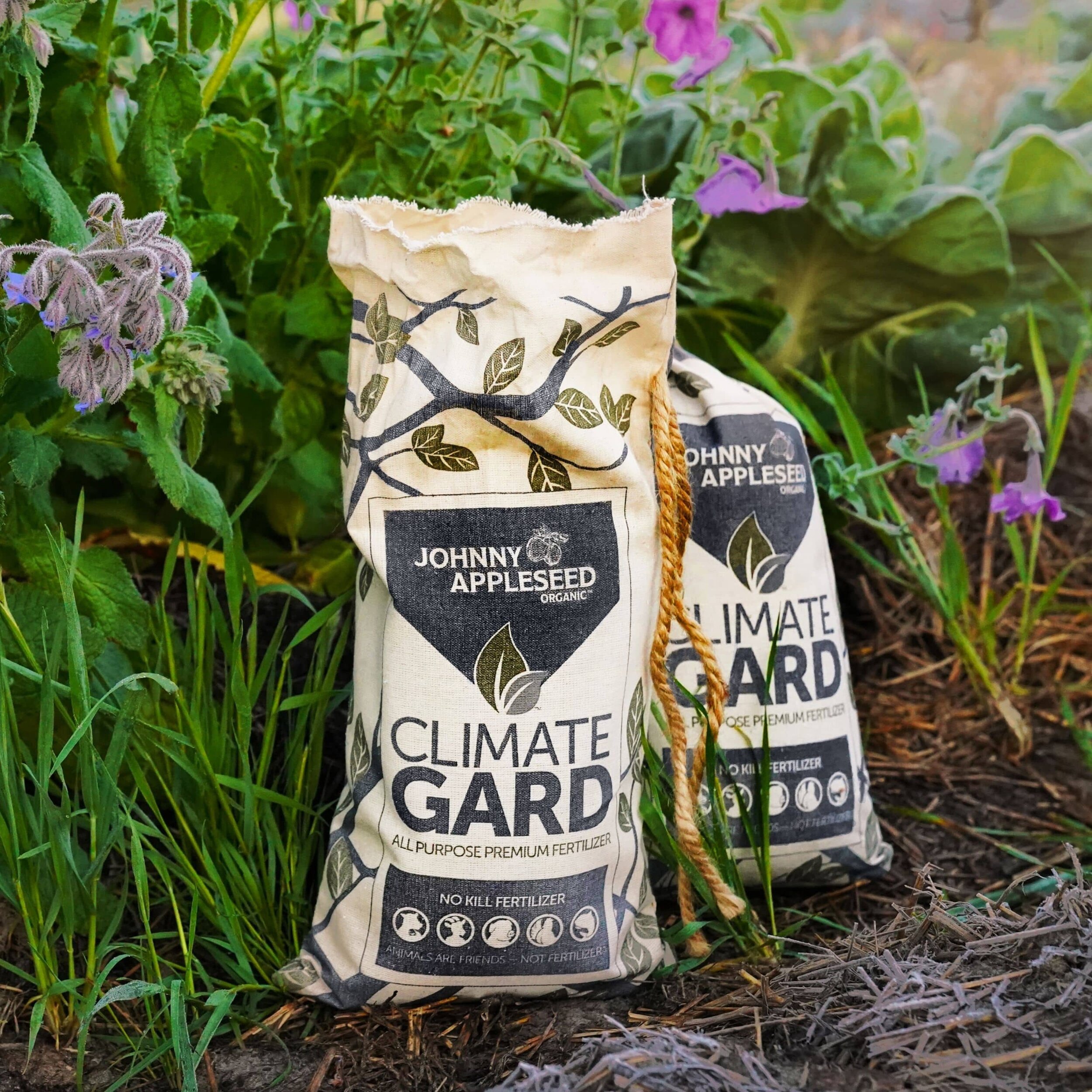Tips for Growing to Feed the Community
By Shannie McCabe
The coronavirus pandemic brought to light and amplified some existing global inequities, one being food access and hunger. Did you know that one in seven children in America live in food-insecure homes? This epidemic will likely increase those already-unacceptable numbers.
Now that nearly everyone can see the effects of restricted food access, we are able to walk a mile in those shoes, to understand just how difficult it is to live without access to healthy food — and hopefully, we are motivated to do something about it.
It can feel impossible to carve time out of our busy day to give back, but the virus has prompted social distancing measures that have many of us spending more time at home, which means more time for gardening. This is our opportunity to give back to our community members who are experiencing hunger. We encourage you to grow a little extra this season, in order to share with those who are unable to garden this year, or are experiencing hunger and food insecurity.
To learn more, I spoke with Hillary Hess, a produce sourcer and Garden Educator for Island Harvest Food Bank on Long Island, which serves 350,000 people annually. She has helped feed more than one million people and taught more than 5,000 school children how to grow food. She gave me some expert tips on growing a garden for sharing with the community, and together we have crafted a list of varieties that are great to grow in a sharing garden.
How to grow for a food bank
As a general rule, Hillary recommends that you avoid super-perishable foods like soft berries and do not donate rotten, overripe food. Here are her other tips:
Determine what’s needed and where to donate. Find your local soup kitchen or food pantry and ask about what seems to be popular/needed. The chef at your local soup kitchen may want large quantities, like a few big meaty pumpkins for making a batch of stew, while the food pantry may prefer single serving sized vegetables that are easy to pack into boxes and hand out. A whole mess of small, single serving-sized winter squash means that more folks can take home a few easy to prepare squash.
Ask about their cleanliness policies. Some food banks will take your greens fresh from the garden. Others may ask you to bag them up or rinse off the dirt. It depends on their facility. Especially since we're dealing with an epidemic, please use best practices in handling food safely and avoiding the spread of germs.
Get connected. Even the smallest of donations is welcome at food banks. However, if you connect with fellow gardeners — say at your community garden or in your neighborhood — you can coordinate a bigger drop off and also reduce the number of people leaving the house to travel to donate. You can also connect with other community gardeners, have online planting parties and encourage your friends at home to grow along with you!
Consider gleaning. If you're a farmer with lots of extra produce but not a lot of extra time to donate, there are even gleaning services, where volunteers will come pick your excess for donating to food banks. The USDA even has an online gleaning toolkit with resources and tips.
What to grow for a food bank
Now that you know how to grow and prepare your food for donation, let’s talk about what you should consider growing. These prolific and easy-to-process varieties are perfect for growing to donate to a food bank or sharing with others.
Honeyboat Delicata Squash — These are single serving and quick cooking, easy to prepare. They are prolific and easy to grow.
Calima Green Bean — Beans are super prolific and bear all at the top of the plant in big clusters, making for a quick harvest and really uniform beans; easy for soup kitchens or pantry recipients to prepare and eat!
Sugar Ann Peas — A super tasty pea that is uniform and easy to process.
Zucchini — Green Bush Squash is prolific and easy to grow. Soup kitchens and food banks particularly appreciate this versatile and filling vegetable.
Cucumbers — Marketmore has a thick skin and is super durable. The plants are prolific! Try planting a few successions to keep production consistent throughout the season!
Tomatoes — Amish Paste has a thick skin and can be eaten fresh or used for cooking. Additionally, Rebekah Allen is a great all-purpose slicer/salad tomato that is prolific and easy to grow.
Peppers — Bull Nose is super high yielding and uniform, making it easy to prepare.
Kale — Nero di Toscana's longer shelf life and rugged thick leaves makes this a good choice for donating.
Sweet Potatoes — Easy to grow and low maintenance with massive yields.
Carrots — Danvers 126 Half Long are quick to mature and high yielding; a classic orange carrot.
Beets — Golden Beets are reliable and prolific and won’t stain or make a mess!
Conclusion
Growing a sharing garden is an excellent way to feel connected to the community and to make a positive impact, while still remaining a safe distance from others to help stop the spread of the disease. Please also remember to adhere to your local and national recommendations on distancing and quarantine — this could mean taking extra care in delivering produce. Happy gardening!
Sign up for Newsletter
Follow Us on Social
Cutting-edge microbiology
No kill formula
Superior plant nutrition derived from the most ethical, sustainable sources available.
Produces the same results as conventional fertilizers without the negative environmental impacts.
Each ClimateGard pellet is infused with micronutrients, silicon, humic acid and a high-performance blend of living bacteria and fungi.
Delivered in an environmentally friendly organic cotton bag with a compostable inner liner.
Will continue to enrich your soil long after application.
$39.95 for 7.5 pound bag | $69.95 for 15 pound bag.



